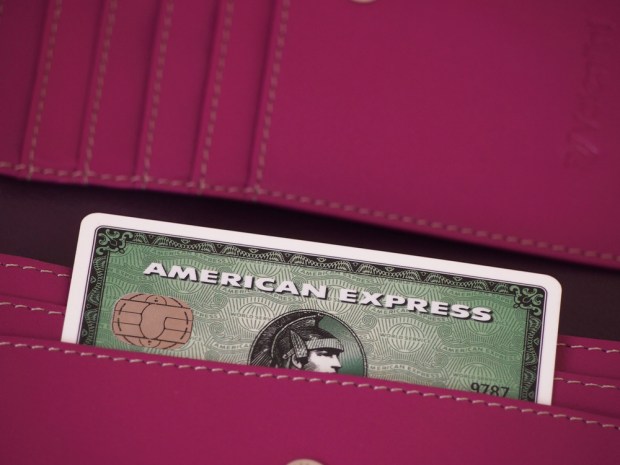American Express, Facing Sharper Competition, Sees Rocky Road In 2016

The payments giant delivered mixed results for the fourth quarter and somber guidance. It’s cutting expenses by $1 billion over the next two years, but will that be enough?
In an admission that competitive, regulatory and currency pressures are proving to be more troublesome to its operations than it had originally foreseen, American Express is tightening its belt — by several notches.
The payments giant is slashing costs by as much as $1 billion over the next two years, in a move that it hopes will blunt the impact of a stubbornly high dollar and stinging competition for the lifeblood of its operations — namely, cardholders.
Amid the slew of numbers that came out on Thursday (Jan. 21) night, the headline results for the fourth quarter were mixed. Net income overall was off 38 percent from last year. But even though earnings per share came in at $1.23 (excluding the charge taken in the enterprise business), above analyst estimates of $1.12, revenues were just slightly below consensus, at $8.4 billion, which is adjusted to be net of interest expense. And, during management commentary, the strong dollar was called out specifically as a drag on the top line, as “revenue growth has not accelerated as we anticipated,” noted CEO Kenneth Chenault. The unabated strength of the dollar against other currencies means that top line contributions earned outside the U.S. are worth less. The strong dollar hurt EPS by as much as 3 to 4 percent in the quarter, said the company.
The FX impact is really the most innocuous tip of the iceberg, and it was likely the confluence of other factors that led to somber forward guidance and commentary, which brought the shares off 4 percent in after-market trading.
But a bit of a granular dive into the numbers showed that the United States card and credit division did all right, in that net income was up 20 percent year over year, as annual fees worked with higher interest income to push the bottom line higher. That might have been among the few bright spots, as the fees it levies on merchants per card swipe faces continued pressure from MasterCard, Visa and alternative payments companies — a competitive environment that Amex management conceded has gotten tougher. Proof is in the numbers there, as the average discount rate on that business, or what the company charges per transaction, came to 2.4 percent, and that led to the overall top line on that business being off 1 percent. Loans, in contrast, were up 7 percent worldwide. But then again, net interest income was only 18 percent of total revenues, though that is up from trends of 15 percent. Provisions on credit were down 2 percent year over year.
But those brief positives were outweighed by a somber view of the landscape the company faces in the year, and years, ahead. “This is a long list of challenges, longer than we have seen in a number of years,” said Chenault.
Guidance for the current year has a lot of moving parts. One key driver is the sale of the Costco credit card operations slated to close through the middle of the year. With the caveat that some things are not final with the sale, Amex thinks it will earn about $1 billion on the transaction, which is going to do a lot (or in management’s terminology a “substantial benefit”) to bring earnings per share to $5.40 to $5.70. No real organic net income came out of that range, and Amex said 2017 should show “at least” $5.60 on the bottom line, which doesn’t show much traction at all.
On the payments technology side, management said … not all that much. True, there was the nod toward the fact that, in the most recent periods, “we expanded our digital capabilities with new apps and partnerships,” and there is also implicit agreement that the competition now includes tech-savvy upstarts. As a result, it seems the focus now is delivering margins via cost cuts, while trying to reignite revenues, even as that competition, as noted by an analyst on the call, is moving toward “giving up interchange economics to drive loan growth and share gains.” Chenault said in response to analyst questions that only 10 percent of the $4.8 trillion spent in the United States alone is on plastic, implying some runway ahead.
But getting the jet cleared for taking off on that runway may take a lot longer than many people thought.
